New Product Change Notice (PCN) effective Jan 1, 2025. MICROSENSOR appreciate your understanding.
Piezoresistive Pressure Sensors
-
Micro Sensor Concludes Its 8th Technology Conference
As digitalization and intelligent manufacturing continue to advance, technical capabilities have become a key driver of long-term growth in the measurement and control industry. In 2025, Micro Sensor held its 8th Technology Conference,...
-
Pressure, Flow, and Temperature Solutions for Straw-to-Sugar Production
Driven by China’s “dual-carbon” strategy and the growing circular economy, straw-based sugar production has emerged as a key pathway for turning agricultural residues into valuable resources. By converting crop straw into sugar solu...
-
MDM7000 Series Pressure Transmitters: ATEX-Certified for Hazardous Areas
In hazardous areas, instrumentation is a critical part of the safety chain. In oil & gas, chemical, and storage & transport industries, pressure measurement instruments must operate reliably under high temperatures, high pressures, and...
-
Pressure Transmitters for Gas Metering and Regulation
As urban, industrial, and clean-energy gas use expands, distribution networks are shifting toward higher operating pressures, larger flow capacities, and more intelligent control architectures. Gas metering and regulation equipment ser...
-
What Does ATEX Pressure Transmitter Stand For?
What happens when you need precise and reliable pressure measurement in a harsh environment? A single spark or a hot surface can trigger an explosion, endangering not only equipment but also entire facilities. This is where ATEX pressu...
-
MICROSENSOR Wins 2025 AchemAsia Process Innovation Award
October 14, 2025 – Beijing, China — Micro Sensor's MDM7000 Smart Pressure Transmitters has been honored with the 2025 AchemAsia Process Innovation Award in the category of Digitalization and Instrumentation.The award, jointly organiz...
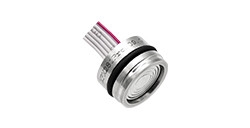

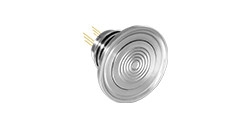

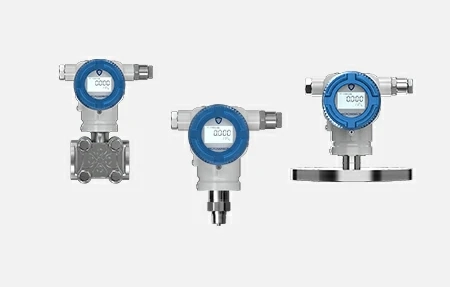

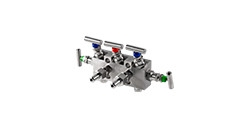
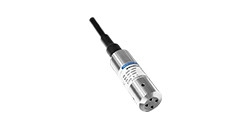
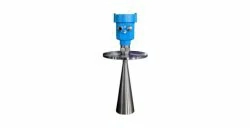


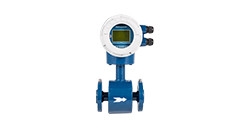
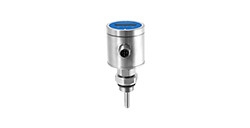

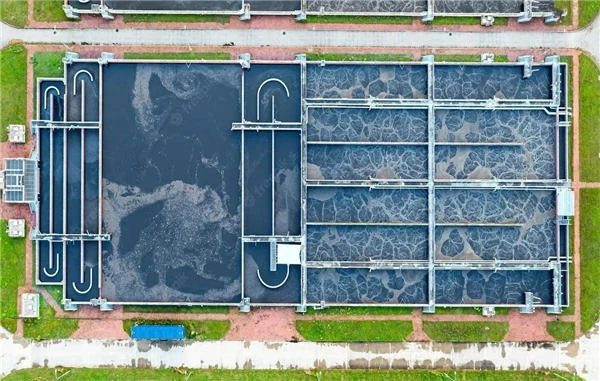







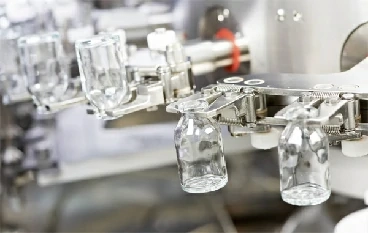
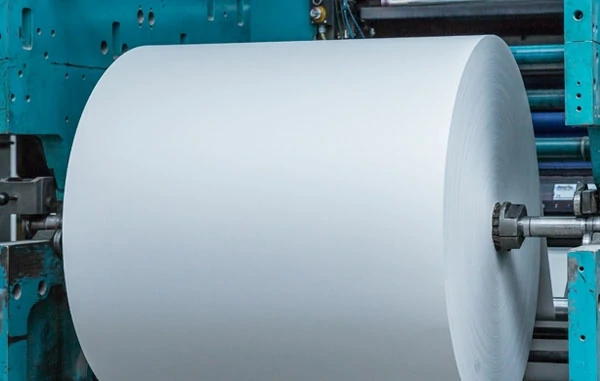


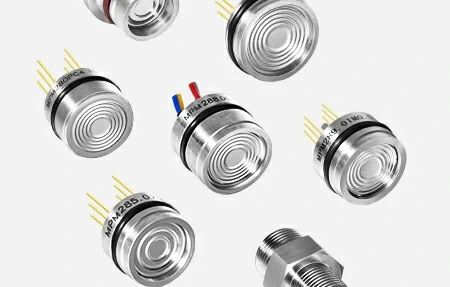
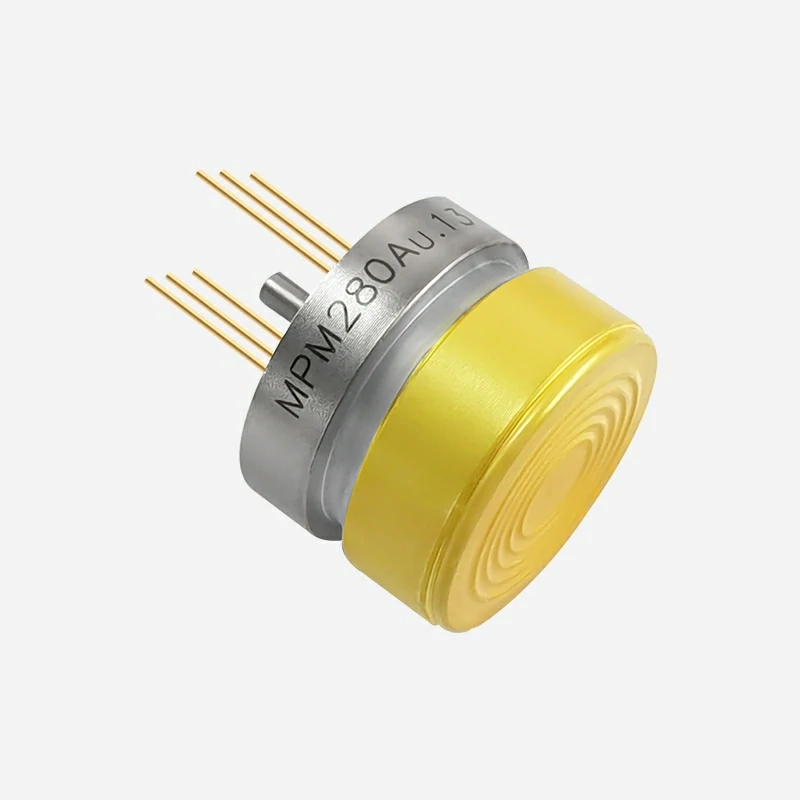
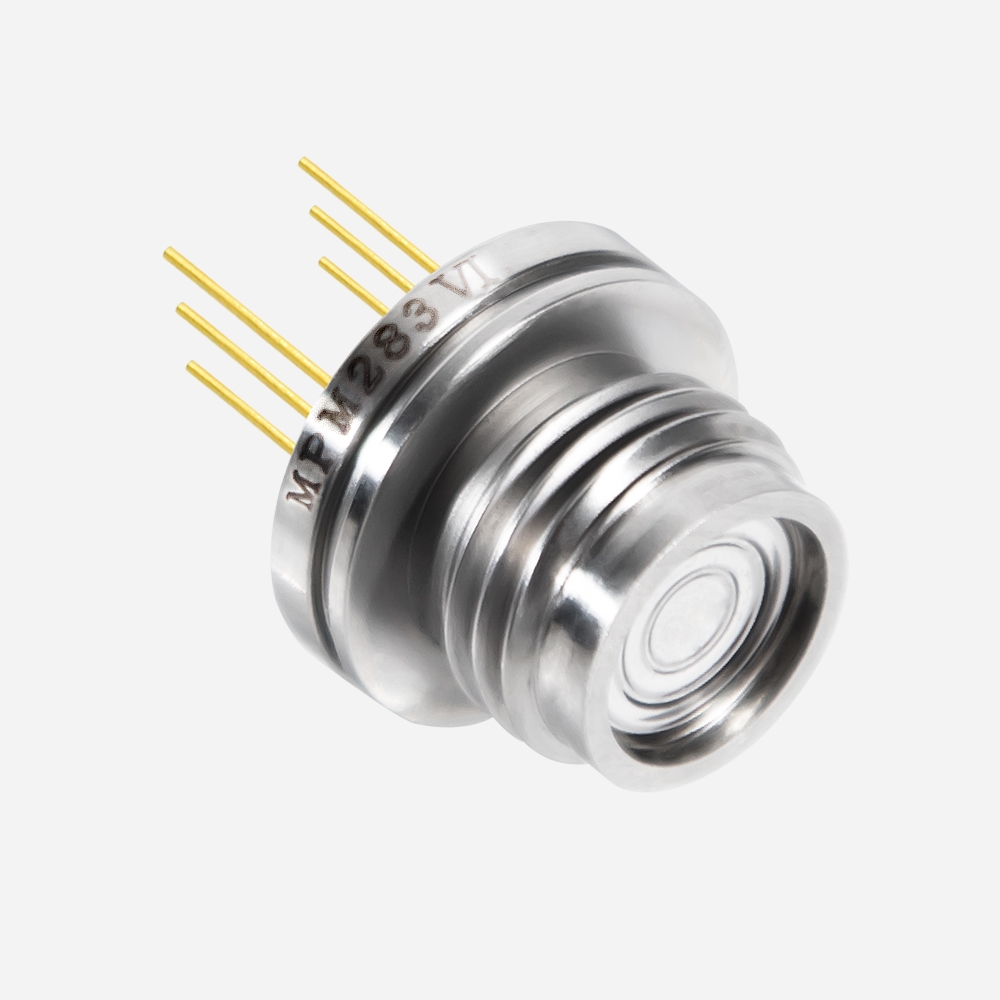
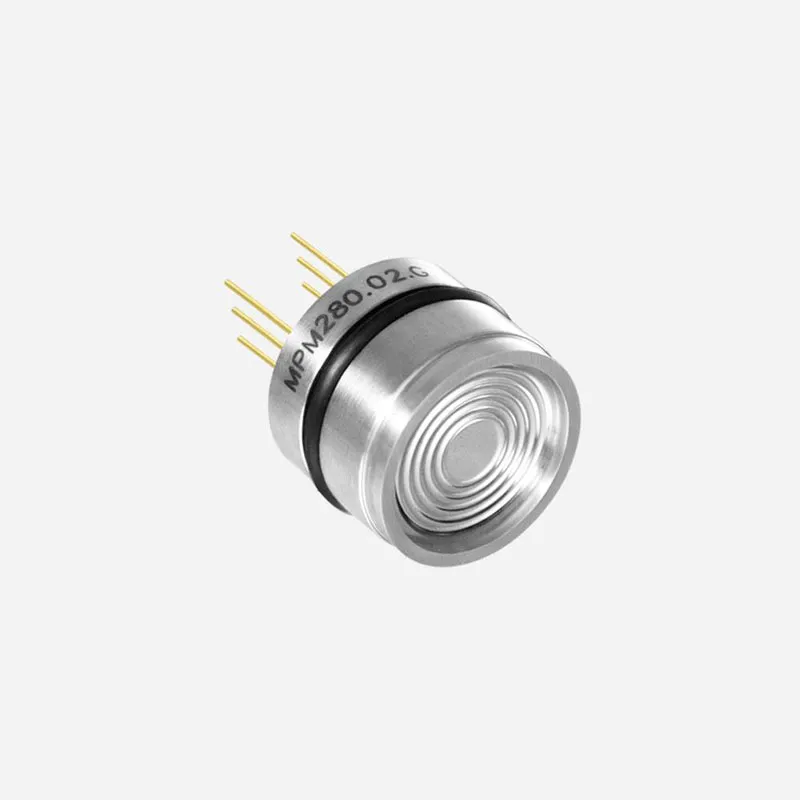
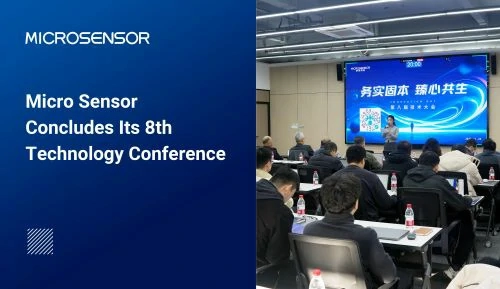

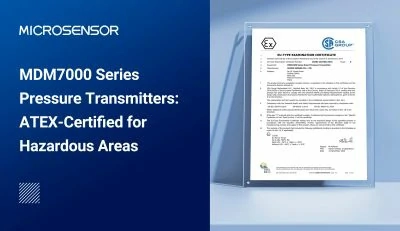


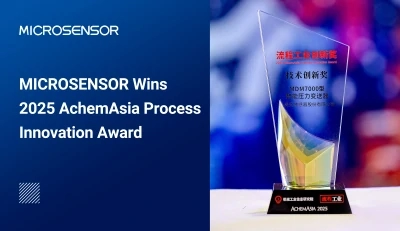
 Copyright © 2026 MICRO SENSOR CO., LTD
Copyright © 2026 MICRO SENSOR CO., LTD